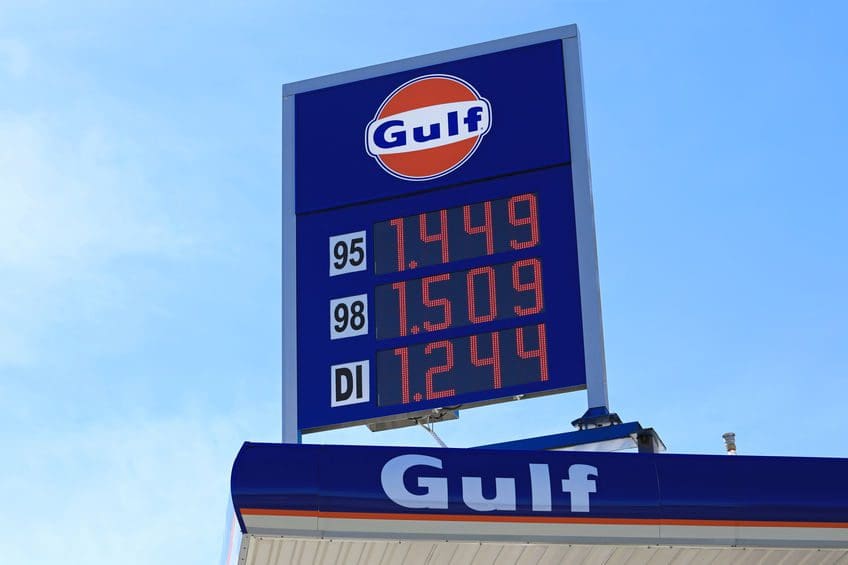Gasoline prices from coast-to-coast have declined more than $1 per gallon this year as a result of a massive oversupply of petroleum products.
AAA reported the nationwide average price for a gallon of regular gas at $1.768, and the Energy Information Administration said the average is $1.773 down $1.114 from last year, a decline of 39 percent.
AAA said the average retail price in Texas this week is $1.507 compared to $2.62 a year ago. Cities like Abilene, Tyler and Wichita Falls all reported prices below the Texas average. The average price in Abilene is $1.307, Tyler had $1.398 and Wichita Falls at $1.472.
California has the highest price of $2.751, and Wisconsin has the lowest price at $1.50. Only 12 states, most located on the west and east coasts, has an average price of $2 per gallon or more, AAA said.
Gasoline traded on the futures market at the New York Mercantile Exchange has declined even further. RBOB regular gasoline closed at $0.510 on April 21 on a 30-day contract, which is down from $0.720 on April 14 and down from $2.13 (76%) a year ago.
Gasoline demand has declined from 9.409 million barrels per day on April 19, 2019, to 5.311 million b/d on April 17, according to EIA. The nationwide restrictions on travel ordered by federal and state governments because of the pandemic created by the coronavirus and the economic recession are the major reasons for the dramatic decline in demand for gasoline.
Refineries have reduced production of finished gasoline from 9.781 million b/d last April 17 to 6.205 million b/d last week. However, gasoline inventories still set a record last week at 263 million barrels.
Economists attribute the reduction in gasoline prices to the decline in demand coupled with the oversupply of crude oil.
EIA reported crude oil production in the U.S. at historic highs – 13 million b/d – in February. But as prices began to fall from $60 per barrel to a low of -$37 on the NYMEX on April 20, oil producers responded to market conditions by reducing production by about 900,000 b/d.
However, U.S. crude oil inventories continued to rise this week by 9 million barrels to 527 million barrels. It is the 13th consecutive week inventories have increased over the previous week.
Several states – Texas being one – announced this week that they will phase in a back-to-work program for some businesses, which should begin an increase in economic activity and resulting in more consumption of petroleum products like gasoline.
The recovery will take time and economists at the Federal Reserve Bank in Dallas forecast a very tough second quarter (April to June) economically, but improvements during the last half of 2020. Low gasoline prices will be a contributing factor leading to a recovery in the future.
Alex Mills is the former President of the Texas Alliance of Energy Producers.
Alex Mills is the former President of the Texas Alliance of Energy Producers. The Alliance is the largest state oil and gas associations in the nation with more than 3,000 members in 305 cities and 28 states.





